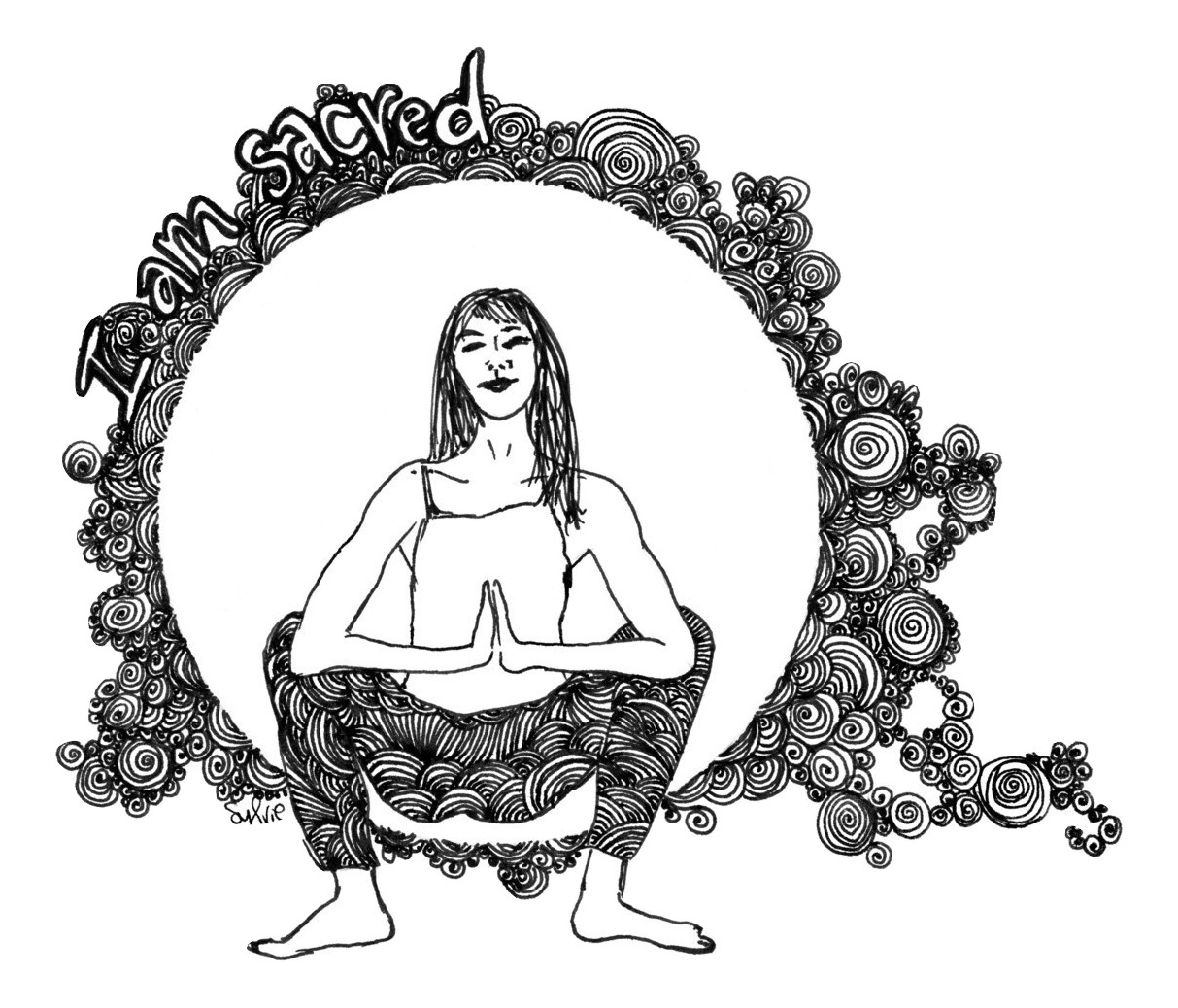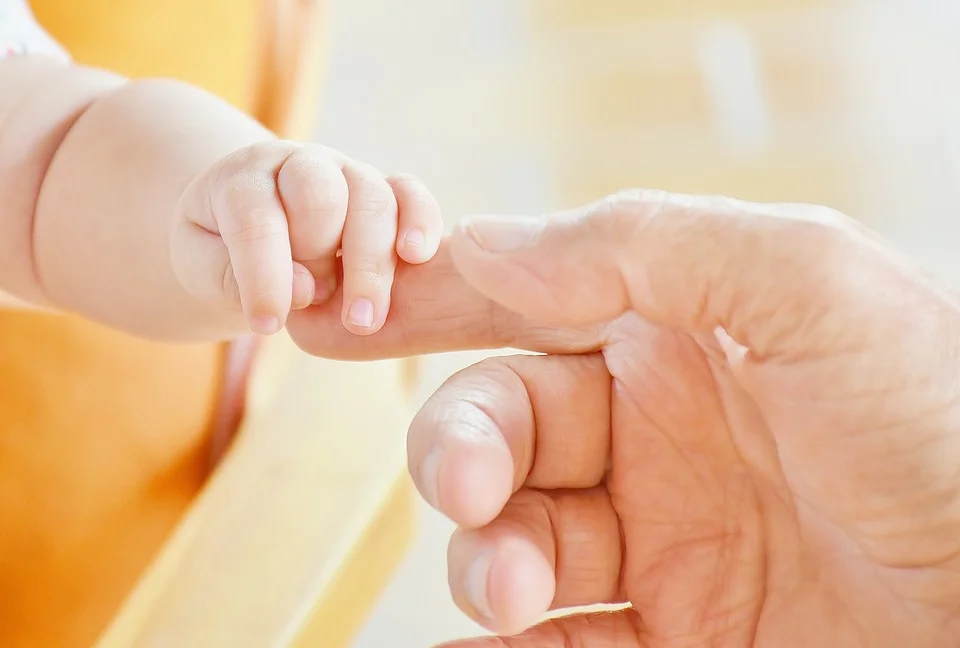The Biology Of Compassionate Touch
How physical touch affects the body on a systemic level
From birth, human babies need a great amount of care and attention from their family and community to simply survive. They need milk from their mothers, and quite a bit of supervision to keep them from toppling over or getting themselves into some other predicament. Because of this, we have biologically evolved to receive positive bodily signals from touch, and to be discerning about whether the contact is safe or not. Our biology encourages us to reach out for a hand to hold, or to hug or to caress loved ones.
Studies have shown that soothing touch can cause the release of oxytocin, which is associated with a peaceful and positive mind state, and an increase in dopamine and serotonin, neurotransmitters that help alleviate stress and anxiety. Ken Wilbur wrote in The Spectrum of Consciousness , "For every mental 'problem' or 'knot', there is a corresponding bodily 'knot', and vice versa since, in fact, the body and the mind are not two. That is, psychic conflict, guilt, shame, unresolved grief all can be lodged in the body as body memories, and when the site of the psychic difficulty is deeply touched through massage or other manipulation, it can not only release the physical pain but may make the psychic pain accessible.” As science is discovering, the mind and the body are not separate, they are endlessly intertwined within us, thereby a warm handshake or pat on the back can have intellectual effects.
Physical touch has been shown to improve immune system function and mitigate or prevent diseases of the heart and blood. Humans are so receptive to touch, that we can tell when a touch is soothing versus aggressive. And when we receive signals that the touch is safe, the Parasympathetic Nervous System (PNS) kicks on. The PNS allows for deep, relaxed breathing, signaling the body a time to rest, digest, and repair tissues. It is a welcome change from the ‘go go go’ nature of the Sympathetic Nervous System that alerts the body to ‘fight or flight’ in dangerous situations and helps us get things done, but in our modern lives, it can leave us with an underlying level of stress that does not go away.
‘Basic warm touch calms cardiovascular stress. It activates the body’s vagus nerve, which is intimately involved with our compassionate response,’ writes Dacher Keltner in an essay titled Hands On Research: The Science of Touch. In his book, ‘The Biology of Love’, Dr. Arthur Janov reports that loving physical contact with a child creates greater density of synapses in his or her developing brain, and even produces endogenous pain killers that remain throughout the child’s life. Dr. Caroline Leaf, a cognitive neuroscientist with a PhD in Communication Pathology, shares, “we each have our natural inner pharmacy that produces all the drugs we ever need to run our body-mind in precisely the way it was designed to run. Good touching releases the body’s natural chemicals like endorphins, enkephalins, oxytocin and dopamine, setting in motion your love circuits and stopping the fear circuits.”
For decades Dr. Tiffany Field has conducted fascinating research as head of the Touch Research Institute. One of her studies found that three fifteen minutes sessions of massage for about two weeks can improve growth and weight gain by 47% in premature infants compared to those that received normal care. In subsequent studies across diverse age groups, she has found massage is linked emotional, physical, and cognitive gains, and an overall sense of wellbeing, in just about anyone.
One set of her studies aimed to isolate touch from the social aspect that often comes with it. Elderly participants were given either a social weekly visit, or a social weekly visit with massage. The latter group had more emotional and cognitive improvements than the other, indicating that the touch is invaluable, especially to people at elder care facilities. As Keltner says, ‘If we often experience friendly or loving caresses, it’s safe to assume that we have a strong social network, which is itself one of the best predictors of happiness, health, and longevity. It’s easy to see how an elderly person who is regularly visited by a massage therapist might be happier and healthier than one who isn’t.’
At the same time, Dr. Field acknowledges that our social political attitude is getting evermore “touch-phobic” particularly in the United States. In fact, she studied that too, and found that American teens touch far less than French teens, and are more prone to aggressive behavior. Many schools discourage teachers from hugging students and have even instated touch-free zones.
This is too bad, because of course, the positive effects of touch go both ways, doubling the health perks. If you are massage therapist, the touch receptors in your hands communicate signals to the brain as you work, and deliver similar psychological and somatic benefits. So that by doing this valuable work, you yourself are getting a health boost.
Luckily, thanks to all the research backing up massage, our culture may be moving towards touch care on a larger scale. Massage is a great way to offer or receive safe and caring touch, and has the capacity to make just about anyone feel better, whether they are suffering from a medical condition or not. It is especially important to make sure that our touch is conveyed as compassionate. When a client disrobes and lies down on the table, they are in a vulnerable state and initially their heart rate actually rises, and Sympathetic Nervous System may be active. However by administering touch with a considerate intention you allow them to drop into the Parasympathetic Nervous System, a state of calm and healing.
All this is not to say that the quality of touch is irrelevant, or that a massage therapist need not invest in Continuing Education Units to become a better therapist. In fact, knowledgeable and experienced touch can have greater ramifications than everyday contact. Instead I hope to open your eyes to the intrinsic healing possibilities of our profession, and to broaden your capabilities and confidence as a practitioner.
Resources
Bell, Andrea L. “The Biology of Calm: How Downregulation Promotes Well-Being.” GoodTherapy.org - Find the Right Therapist, GoodTherapy.org Therapy Blog, 24 Aug. 2017, www.goodtherapy.org/blog/biology-of-calm-how-downregulation-promotes-well-being-1027164.
Farber, Sharon K. “Why We All Need to Touch and Be Touched.” Psychology Today, Sussex Publishers, 11 Sept. 2013, www.psychologytoday.com/blog/the-mind-body-connection/201309/why-we-all-need-touch-and-be-touched.
Janov, Arthur. The Biology of Love. Prometheus Books, 2000.
Keltner, Dacher. “Hands On Research: The Science of Touch.” Greater Good, 29 Sept. 2010, greatergood.berkeley.edu/article/item/hands_on_research.
Konnikova, Maria. “The Power of Touch.” The New Yorker, The New Yorker, 19 June 2017, www.newyorker.com/science/maria-konnikova/power-touch.
Menges, Sara. “The 3 Biggest Advantages of Human Touch May Surprise You.” PlushCare Blog, PlushCare Blog, 21 Sept. 2017, www.plushcare.com/blog/advantages-of-human-touch-hugs/.
Studio, HuffPost Partner. “The Science Behind The Profound Power Of Holding Hands.” HuffPost, HuffPost, 31 May 2016, www.huffpost.com/entry/power-of-holding-hands_n_57435a8be4b00e09e89fc162.
Tracy. “Affection, Touch and Well-Being.” Heart-Mind Online, 16 June 2015, heartmindonline.org/resources/affection-touch-and-well-being.

